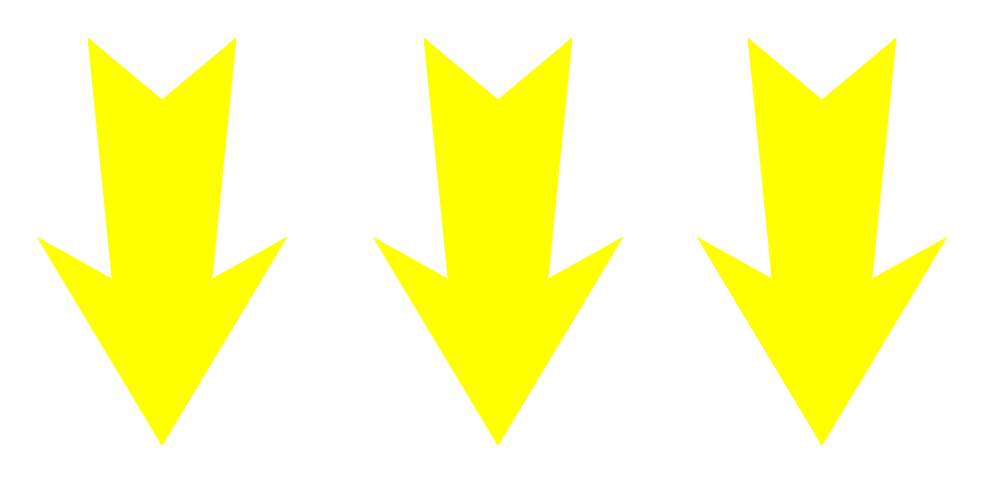
Is one hour of exercise in golf driving range equal to one hour of running?
A Comparison

Comparing the calorie burn and cardiovascular benefits of an hour spent at a golf driving range versus an hour of running can be somewhat complex, as it depends on various factors such as intensity, duration, and individual fitness levels. Let's break down the comparison.
Running
- Running is a high-impact aerobic exercise that engages large muscle groups, primarily in the lower body.
- The number of calories burned during running depends on factors such as speed, terrain, body weight, and overall fitness level.
- On average, a person weighing around 155 pounds can burn approximately 590 calories per hour running at a moderate pace (around 6 miles per hour).
Golf Driving Range
- Practicing at a golf driving range involves a combination of swinging clubs, walking, and possibly carrying or pulling golf bags, which engages muscles throughout the body.
- The intensity of exercise at a driving range can vary based on factors such as the number of swings taken, the weight of the club, and the distance covered while retrieving balls.
- While golf may not be as intensive as running in terms of cardiovascular activity, it still provides a moderate level of physical activity and can help improve flexibility, balance, and muscle tone.
- The number of calories burned during an hour at the driving range will vary depending on factors such as the intensity of practice and the individual's body weight, but it is generally lower than running.
Comparison
- Running typically burns more calories per hour compared to practicing at a golf driving range, especially if the running session is at a moderate to high intensity.
- Running also offers greater cardiovascular benefits due to its higher aerobic demand and sustained elevated heart rate.
- However, practicing at a golf driving range can still contribute to overall physical fitness, particularly in terms of muscle endurance, coordination, and flexibility.
Comparison in Terms of Calorie Burned
Determining the equivalence in terms of calorie burn between exercise at a golf driving range and running can be challenging, as it depends on various factors such as intensity, duration, and individual characteristics like body weight and fitness level. However, we can provide a rough estimate based on general principles.
As mentioned earlier, running tends to burn more calories per hour compared to practicing at a golf driving range due to its higher intensity and aerobic demand. For example, a person weighing around 155 pounds can burn approximately 590 calories per hour running at a moderate pace (around 6 miles per hour).
In contrast, practicing at a golf driving range involves a combination of activities such as swinging clubs, walking, and potentially carrying or pulling golf bags. While it may not be as intensive as running, it still provides a moderate level of physical activity.
A rough estimate might suggest that an hour of exercise at the golf driving range could burn anywhere from 200 to 400 calories for an average person, depending on factors such as the intensity of practice, the number of swings taken, and the individual's body weight.
Therefore, to equate the calorie burn of an hour of running to exercise at the golf driving range, you might need to spend significantly more time at the driving range. For example, if running burns around 590 calories per hour and practicing at the driving range burns around 300 calories per hour, you might need to spend approximately two hours at the driving range to achieve a similar calorie burn to one hour of running.
It's important to note that these are rough estimates and actual calorie burn can vary widely depending on individual factors and specific circumstances. Additionally, focusing solely on calorie burn may not capture the full range of benefits that each activity offers, such as cardiovascular health, muscle conditioning, and overall enjoyment.
Running or Golf ?
Running
Running is a high-impact aerobic exercise that elevates heart rate and strengthens the cardiovascular system, improving endurance and overall heart health.
Running can burn a significant number of calories per hour, making it an effective option for weight management and calorie expenditure.
Running requires minimal equipment and can be done almost anywhere, whether outdoors or on a treadmill, making it a convenient choice for many people.
Many runners enjoy the mental benefits of running, such as stress reduction and improved mood, thanks to the release of endorphins during exercise.
Golf Exercise at Driving Range
Practicing at a golf driving range engages muscles throughout the body, particularly in the core, arms, and lower body, helping to improve strength, flexibility, and coordination.
Golf involves mastering a complex skill set, including the golf swing, club selection, and course management, providing mental stimulation and a sense of accomplishment as skills improve.
Golf is often played in a social setting, providing opportunities for camaraderie and connection with others while enjoying the outdoors.
Golf is a low-impact activity that is generally gentler on the joints compared to running, making it suitable for individuals with joint issues or those who prefer lower-intensity exercise.
Golf Session at 18 Holes Course
Estimating the number of calories burned during a round of golf on an 18-hole course can be somewhat challenging due to various factors such as individual body weight, walking versus riding in a cart, the intensity of play, and environmental conditions. However, I can provide a general estimate based on some common assumptions.
For a golfer who walks the entire 18-hole course (without using a golf cart), a round of golf can involve a significant amount of physical activity, including walking several miles, swinging clubs, and navigating terrain. On average, walking a full 18-hole course can cover anywhere from 4 to 6 miles, depending on the layout of the course and the distance between holes.
Based on data from fitness trackers and estimates from health organizations, walking briskly can burn approximately 100 to 200 calories per mile, depending on factors such as body weight and walking speed. Let's use an average estimate of around 150 calories burned per mile.
So, if a golfer walks approximately 5 miles during an 18-hole round of golf, they could burn roughly: 5 miles X 150 calories/mile = 750 calories
Keep in mind that this estimate is for walking the course without using a golf cart and does not account for additional factors such as swinging clubs, carrying or pulling a golf bag, or other physical exertion involved in playing the game.
For golfers who ride in a golf cart during the round, the calorie burn would likely be lower since they are not walking the entire course. However, they still engage in physical activity through swinging clubs, walking short distances, and navigating the course.
Overall, playing a round of golf can provide a moderate amount of physical activity and contribute to overall calorie expenditure, especially for those who choose to walk the course.
Conclusion
Ultimately, the choice between running and exercise at the golf driving range or play on 18 holes golf course, depends on individual preferences and goals. Some may prefer the invigorating challenge and calorie burn of running, while others may enjoy the skill development and social aspects of golf. Additionally, incorporating a variety of activities into a fitness routine can provide well-rounded benefits, combining the cardiovascular advantages of running with the muscle conditioning and skill development of golf.
